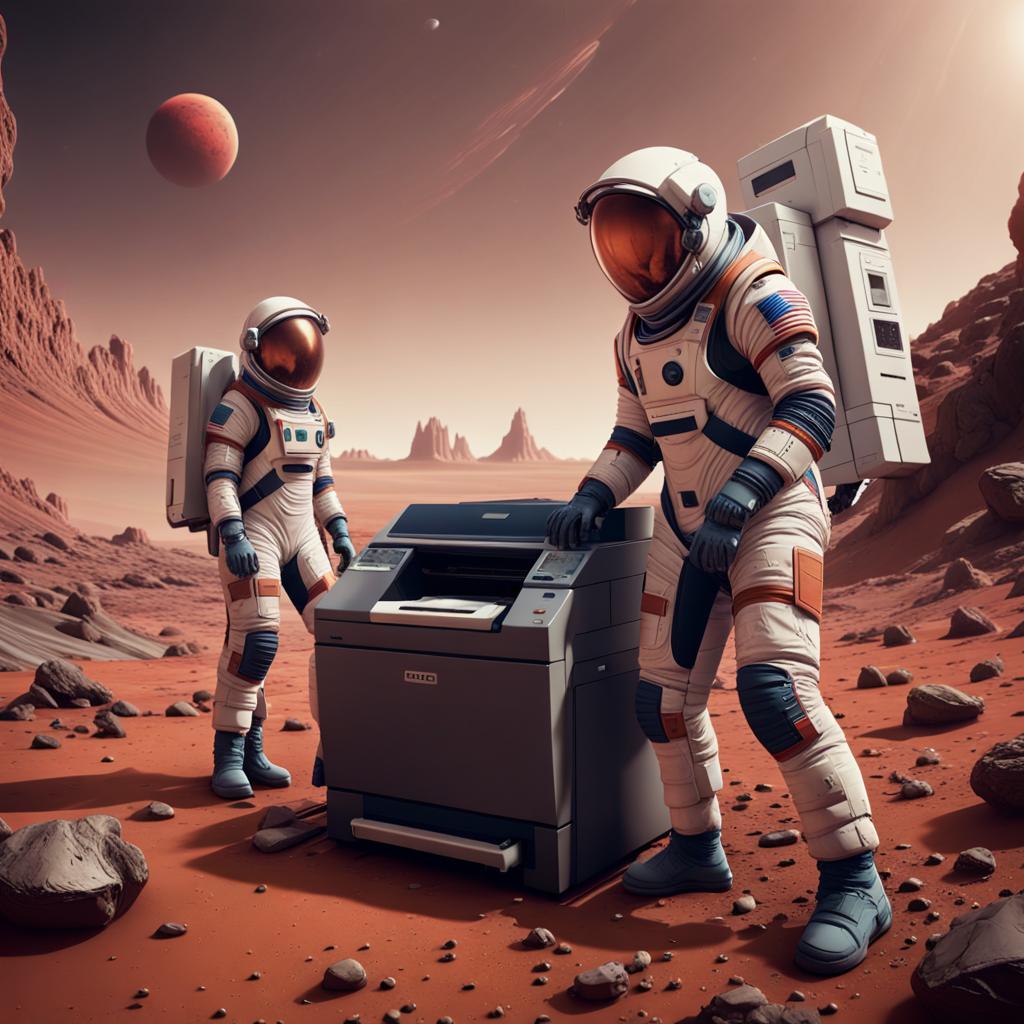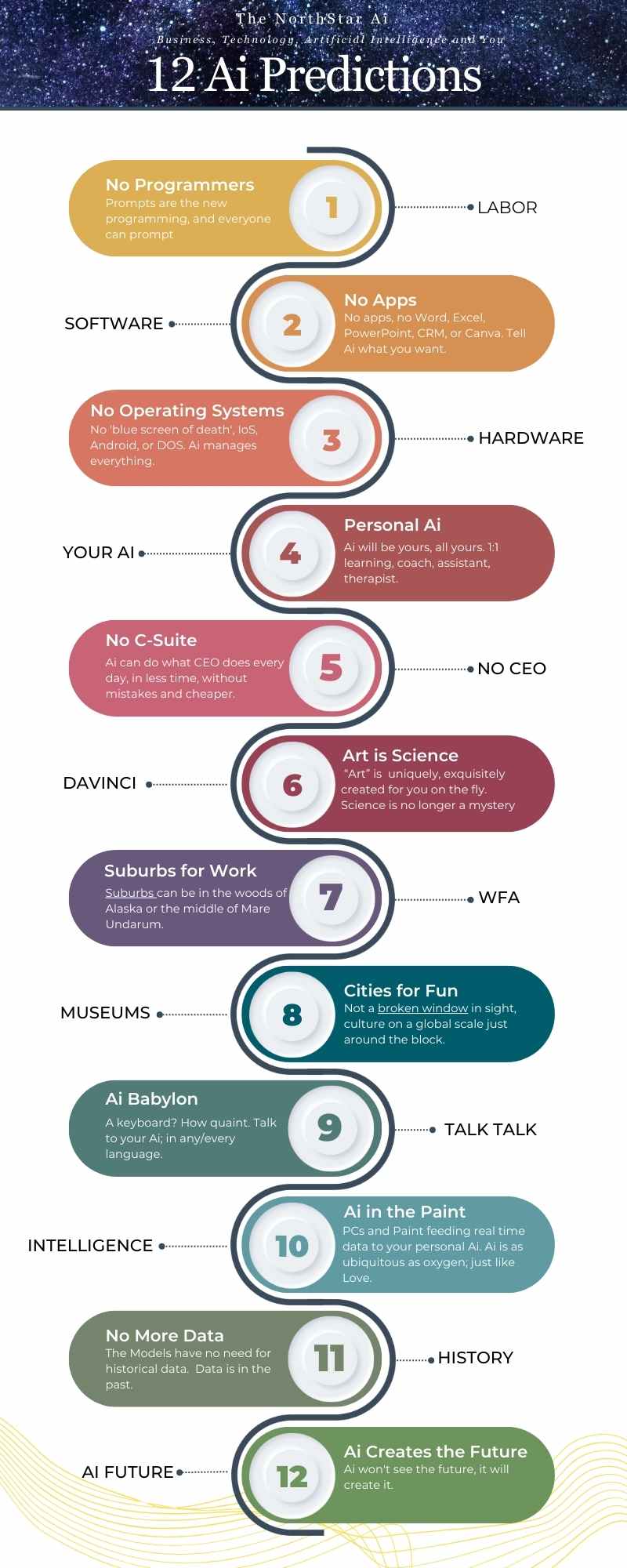|
From Classroom to Boardroom: Understanding AI's Generational Gap By Robert G. Jordan
Real-World Examples: AI as the Great Equalizer
Voice-Activated Assistants: The Baby Boomer's New Best Friend Imagine John, a Baby Boomer who has been a sales executive for over 30 years. While he may not be as tech-savvy as his younger colleagues, he's found a new ally in voice-activated AI assistants like Siri or Google Assistant. With simple voice commands, John can schedule meetings, send emails, and even analyze sales data. This allows him to keep pace with his younger colleagues, who might be using other AI-powered tools for the same tasks. Emily, a Millennial, prefers using the chatbot for its efficiency, while Robert, a Baby Boomer, appreciates not having to hold for a customer service representative. Data Analytics: The Millennial's Shortcut to Wisdom
Sarah, a Millennial data analyst, uses AI-powered algorithms to sift through large datasets and generate insights. What would have taken her Gen X predecessor, Mark, hours or even days to accomplish, she can do in a matter of minutes. Mark, who is now her manager, appreciates the efficiency and accuracy that AI brings, allowing them to focus on strategic decision-making rather than getting bogged down in data manipulation. Virtual Reality Training: A Gen Z and Gen X Collaboration Consider Alex, a Gen Z intern, and Linda, a Gen X HR manager. Linda is tasked with training Alex but is aware that traditional training modules might not engage him. She opts for a VR-based training program powered by AI. Alex, who is naturally comfortable with advanced tech, finds the training engaging. Linda, though initially skeptical, is impressed by how effective the training is and how it allows her to track Alex's progress in real-time through AI analytics. Customer Service Bots: The Universal Problem Solver Customer service bots powered by AI are another excellent example. These bots are programmed to handle a variety of tasks, from answering frequently asked questions to troubleshooting issues. Emily, a Millennial, prefers using the chatbot for its efficiency, while Robert, a Baby Boomer, appreciates not having to hold for a customer service representative. Both generations find common ground in their appreciation for the convenience that AI-powered customer service offers. The Common Ground: Shared Objectives and Values
The rise of AI is forcing us to question our assumptions about work and what it means to be productive. The old metrics of success, such as hours worked or lines of code written, are no longer relevant. Instead, we are focused on outcomes and the value we create. This shift is enabling individuals from various generations to identify shared interests, values, and goals, as they work in a more cohesive and collaborative manner. In a world often divided by age, culture, and ideology, AI offers a glimmer of hope—a chance to speak a common language and build a future that honors the wisdom of the past while embracing the possibilities of tomorrow.
Tweet: "AI isn't just the future; it's the bridge between generations. From Boomers to Zoomers, AI is mending fences in the modern workplace. #AIBridgesGaps #GenerationalUnity" LinkedIn Post Introduction: "Ever thought of AI as the peacemaker in the generational war at work? Dive into this piece to discover how AI is not just reshaping tasks but also redefining team dynamics across generations."
0 Comments
Your comment will be posted after it is approved.
Leave a Reply. |
Topics & Writers
All
AuthorsGreg Walters Archives
July 2024
|



